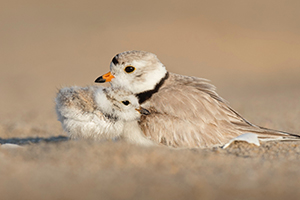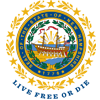Environmental Review
Protecting State Threatened and Endangered Species
 The NH Fish and Game Department, in collaboration with other state and federal permitting authorities, participates in the review and evaluation of various activities that propose to disturb or modify lands and waters and that need state permits or approvals. Project review for state threatened or endangered wildlife species may be required for certain projects as determined by various state laws and regulations (e.g., RSA 212-A and Fis 1000, see links below).
The NH Fish and Game Department, in collaboration with other state and federal permitting authorities, participates in the review and evaluation of various activities that propose to disturb or modify lands and waters and that need state permits or approvals. Project review for state threatened or endangered wildlife species may be required for certain projects as determined by various state laws and regulations (e.g., RSA 212-A and Fis 1000, see links below).
NH Fish and Game Department - Environmental Review Consultation Rules
(Threatened and Endangered Species):
**Effective 02/03/22, updated NH Fish & Game Department rules (Fis 1002-1005) apply to consultation requests for NH Fish and Game review of threatened and endangered wildlife species.
**All requests for formal consultation and submittals should be sent via email to NHFGreview@wildlife.nh.gov or can be sent by mail, and must include the NHB Datacheck results letter number in the subject line.
**Certain projects do not require formal consultation with NH Fish and Game Department under Fis 1004.01(b) (e.g., statutory permit by notification, permit by rule, permit by notification, routine roadway registration, docking structure registration, or conditional authorization by rule). Informal consultation may be required under other permitting processes. For informal review requests ONLY please email: NHFGreview@wildlife.nh.gov, and include the NHB Datacheck results letter number and “informal review request” in the email subject line.



